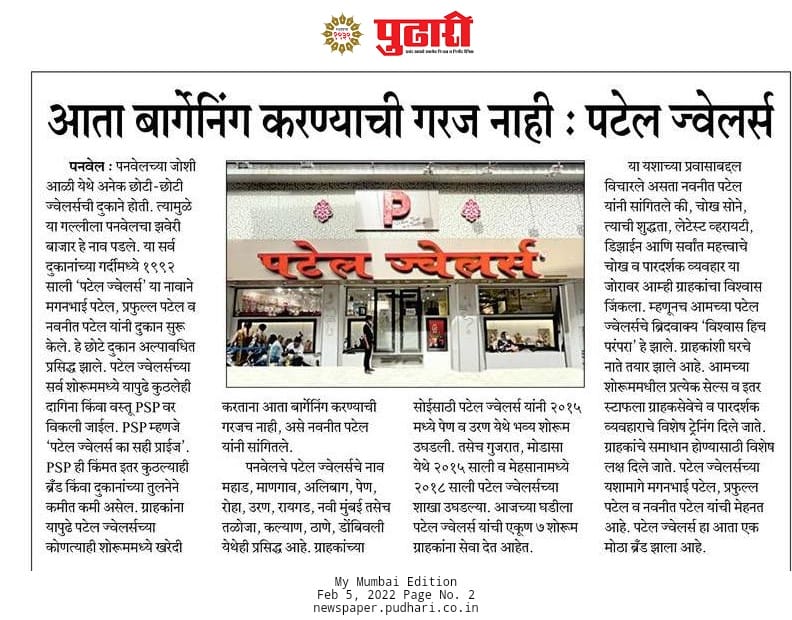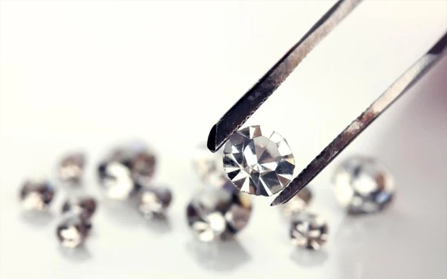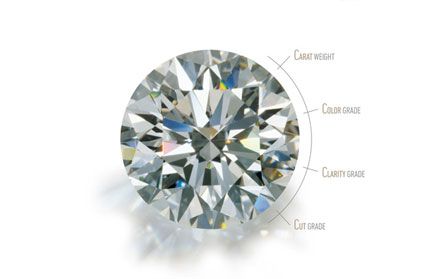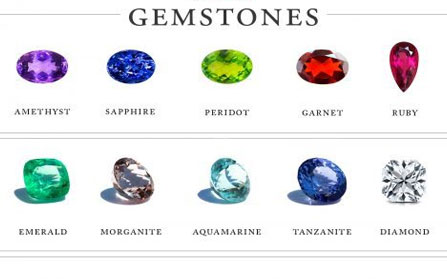Know Your Diamonds
Know Your Diamonds
About three billion years ago started a mysterious and enchanting process. Carbon, the key element in diamond formation, begins to evolve under extreme heat and pressures deep inside the earth's crust.
Diamonds form about 100 miles (161 km) below the Earth's surface, in the molten rock of the Earth's mantle, which provides the appropriate amounts of pressure and heat to transform carbon into diamond. Powerful magma eruptions or volcanic activities brought the diamonds to the surface, creating kimberlite pipes. Most diamonds that we see today were formed millions (if not billions) of years ago.
Diamonds may also be found in river beds, which are called alluvial diamond sites. These are diamonds that originate in kimberlite pipes, but get moved by geological activity. These primary sources form the basis for the world's diamond mines.
Of all the diamonds mined in the world each year, less than half are gem quality; the rest fall into two other main categories known as near-gem quality and industrial quality diamonds. An average of 250 tonnes of ore must be mined in order to produce a one-carat gem quality polished diamond. Initially kimberlite is dug from the surface of the pipes in rough opencast mining. After the diamond-bearing rock is brought to the surface, it is then transported to a screening plant where the diamonds are separated from the host rock.
When found or mined, diamonds look like fragments of glass. Two or more gems are usually cut from a rough stone. The history of diamond cutting and polishing has its origins in India, where it was discovered that a diamond could be made to glisten simply by grinding another diamond against it. Diamond cutting and polishing requires anywhere from several hours to several months to complete. During this process, a diamond will lose on average half of its original weight. Diamond gems have been cut in many different shapes, the brilliant cut being the most popular. This has 58 facets, 33 above the girdle (circle at greatest diameter) and 25 below. The diamond cutter is highly skilled. His task is to place the facets so that the most light rays will reflect through the top facets. A diamond has been cut well when its facets are clean, sharp, and symmetrical, and the proportions above and below the girdle are correct. A diamond is correctly proportioned when one-third of the total weight of the gem is above the girdle and two thirds below. A well-cut diamond will be fiery, brilliant and beautiful. Finally, the cut gem is boiled in acids to eliminate dust and oil. The polished gems are then ready to be set into finished pieces of jewelry.
Eternal and beautiful, diamonds are undoubtedly the most sought after possessions. Flaunted in precious jewellery the world over, there is no occasion which is complete without diamonds. Weddings, engagements, festivals or expressing love to special people in your life, diamonds are the perfect gifting options. A piece of diamond jewellery is a matter of pride, a status symbol and the most prized valuable for any woman or man. The real worth or value of a diamond is determined by the famous four C's which we will elaborate on in the next section.








The information below is required for social login